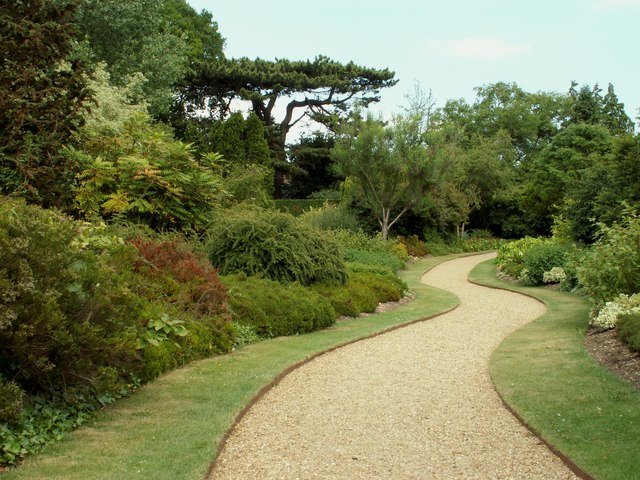
What is it?
A garden commonly refers to the outdoors area that comes with a regular suburban house, but the term covers almost any area set aside for the enjoyment of the outdoors and nature.
What does it involve?
Gardens can involve both natural and man made materials, and can have many uses. Variants include things such as zoos (which were formerly called zoological gardens) which display animals in replicated natural habitats, or indoor gardens with controlled environments to grow certain plants; however, the main purpose of any garden is to provide enjoyment for those within it, and a walk within a garden generally involves relaxation and fun!
Why do it and what are the benefits?
Gardens are great for taking a break in and relaxing for a while, but students (especially the younger ones) will thoroughly enjoy exploring some of the larger and more complex gardens out there! It's also a nice and safe way to get in touch with nature, as most plants and animals you happen across in a garden environment were put there on purpose and will be harmless.
What equipment do we need?
You shouldn't need any equipment for taking students to a garden apart from maybe a picnic!
Who is it suitable for?
Although generally suitable for all ages, younger children may get bored quickly if there's nothing to do! Sitting and relaxing are pursuits you only really partake in as you reach early adulthood, so make sure younger groups have garden games to enterain them, or something similar.
Costs?
Some of the more elaborate gardens you can visit may have an entry fee, but this will usually be a relatively small cost.
Issues/Things to think about? (unsuitable for age groups, medical conditions etc)
Because gardens can be physically huge and with many places to hide, large groups of younger children will need careful supervision - especially if there are ponds or lakes nearby.
How do we include?
Since this activity pretty much just involves enjoying being outdoors, it should be relatively easy for you to include everybody!
Doing it abroad?
Some of the most impressive gardens in the world are located abroad, and can take days to explore their secrets!
Main website:
This section (link is external) of the National Trust website has some great information and recommendations, but always check individual websites for venue specifics.




